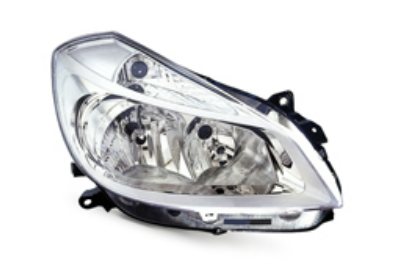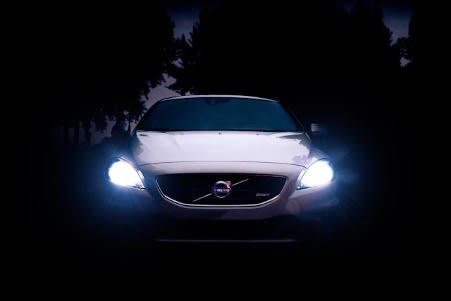Driving at night comes with its own set of risks. Visibility drops, reaction times slow, and the chances of encountering hazards multiply. Studies show that nearly half of all traffic fatalities occur at night, even though there’s less traffic on the road. And what stands between you and the dangers of the dark? Your headlights! High-quality, well-maintained headlights aren’t just a nice feature – they’re necessary for safe night driving. Here’s how you can make sure your headlights are up to the task and keep your nighttime journeys safe and stress-free.
The Importance of Headlights for Visibility
Headlights are your primary tool for seeing and being seen after the sun goes down. Properly functioning headlights illuminate the road, helping you detect obstacles, pedestrians, and road signs. They also make your vehicle visible to other drivers, which is crucial in low-visibility conditions. Dim or misaligned headlights can significantly reduce your field of vision, so it's essential to check and adjust them regularly to maximize their effectiveness.
Different Types of Headlights and Their Benefits
Not all headlights are created equal. Halogen, LED, and Xenon (HID) headlights each offer unique benefits. Halogen headlights are the most common and affordable, providing adequate light for basic driving needs. LED headlights, on the other hand, are more energy-efficient and tend to last longer, making them a great choice for frequent drivers. Xenon headlights produce brighter, more natural light, which can enhance visibility but may also cause glare if not properly adjusted. Understanding the options allows you to choose the headlights that best fit your driving habits and needs.

Picture headlight for BMW from Buycarparts
How to Check and Maintain Your Headlights
Routine maintenance can make a world of difference in headlight performance. Start by inspecting the lenses for cloudiness or yellowing – a common issue that can dim your headlights over time. Clean the lenses with a headlight restoration kit if needed. Check for any flickering, as this can indicate a wiring issue or a bulb that needs replacing. And don’t forget to inspect the aim of your headlights; even the brightest lights won’t help if they’re angled too high or low.
When to Replace Your Headlights
Knowing when to replace your headlights can save you from sudden failure while driving at night. Most halogen bulbs last between 500 and 1,000 hours, while LEDs and Xenon lights can last several thousand hours. However, if you notice a significant dimming or one of your headlights goes out, it’s time for a replacement. Always replace headlights in pairs to ensure even lighting, which provides better visibility and reduces the risk of uneven wear.
Upgrading Your Headlights for Better Nighttime Safety
If you frequently drive at night or in poorly lit areas, consider upgrading to a higher-performing headlight type. LEDs and Xenons can offer better illumination and longevity, making them a worthwhile investment for many drivers. Just be sure to choose headlights that are compatible with your vehicle and adjusted to avoid blinding oncoming drivers.
Headlight Tips for Different Weather Conditions
Your headlights play an even more critical role in adverse weather. Rain, fog, and snow can greatly reduce visibility, so knowing how to use your headlights in these conditions is essential. Use low beams in foggy conditions to minimize glare and improve your vision. In rain or snow, make sure both headlights and taillights are on, so other drivers can see you from all directions. Adjusting your headlights and knowing the correct settings for each condition can significantly increase safety and at the same time be in compliance with the law.
The Legal Requirements for Headlights
Headlight requirements can vary by region, but generally, headlights must be on from sunset to sunrise and in conditions where visibility is low. Make sure your headlights meet the brightness and angle standards set by local regulations, as failing to do so can result in fines. Regularly checking that your headlights meet these standards will not only keep you compliant but will also improve safety for you and others on the road.
Headlights are one of the most critical safety features for night driving. With regular checks, proper adjustments, and the right choice of headlights, you can make every nighttime drive safer and more comfortable. Just because this article focuses on headlights one can not ignore the importance of functioning and well-maintained backlights. They are equally important when driving at night, by making your car visible to cars coming from behind.








